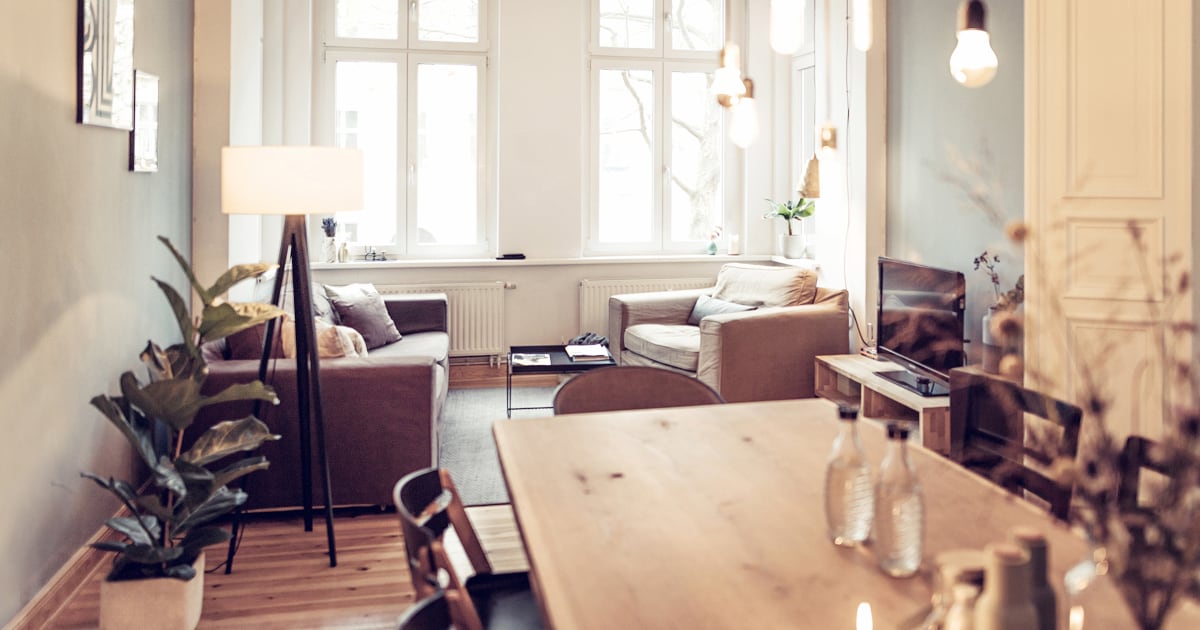In Switzerland, more and more properties are changing hands through the bidding process. This purchase method is becoming increasingly popular, especially in metropolitan areas. In this process, several competing prospective buyers submit bids for a property. We explain how it works.
Anyone who wants to buy a house is more and more frequently encountering the bidding process as a method of sale. In this process, the seller advertises the property, lists all the relevant information about it and proposes at least one viewing appointment. After inspecting the property, the prospective buyers submit their bids in several bidding rounds, like in a standard auction.
In some cases, however, the process starts with initial bids from prospective buyers. After that, the seller decides who to invite to look round the property. In contrast to a conventional auction or forced sale, the bids are not binding for the interested parties. This means that even the highest bidder can withdraw their purchase offer at any time.




